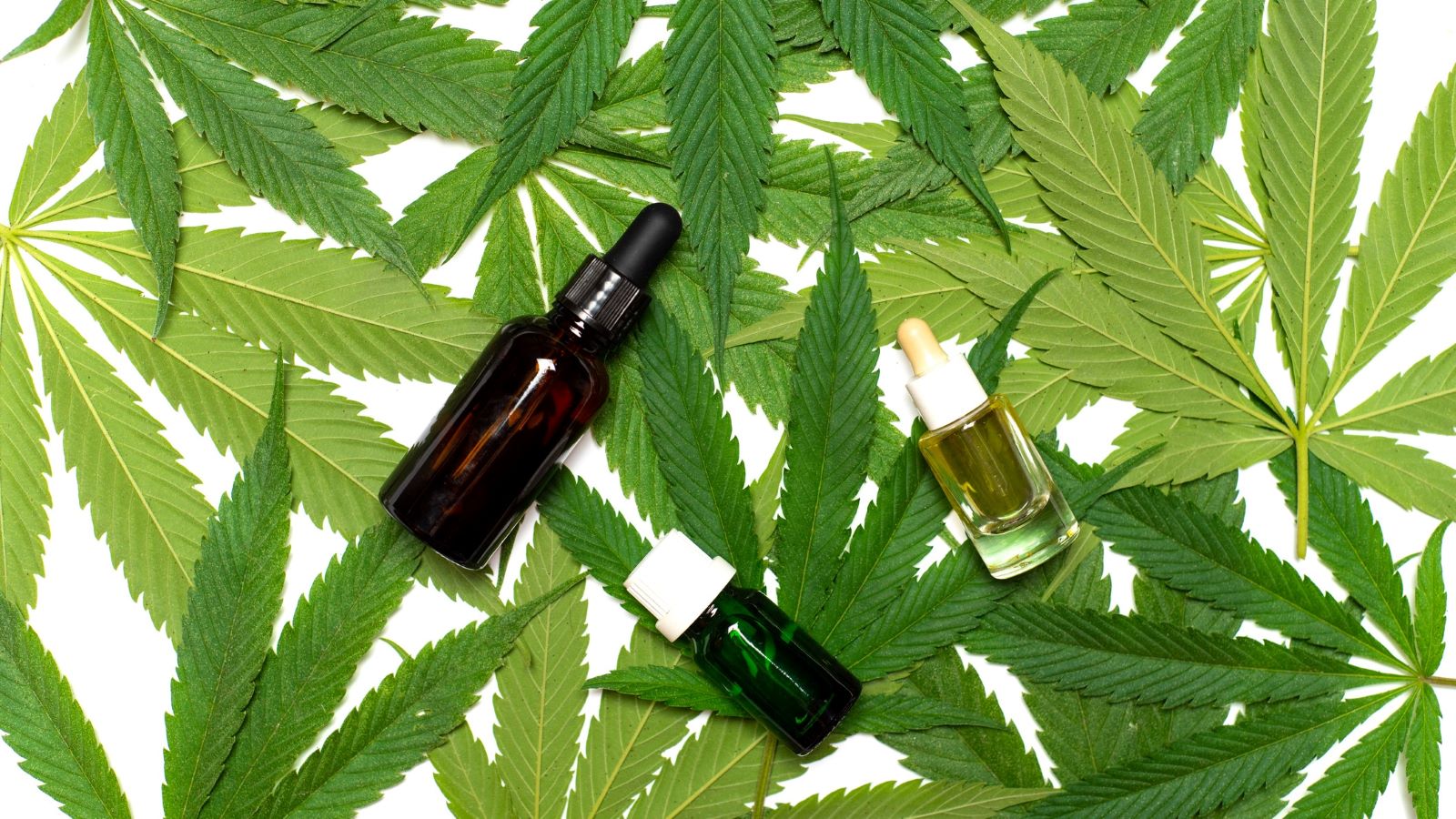Soy isoflavones may offer some benefit
Isoflavones are a type of polyphenol found in legumes, including soybeans, chickpeas, fava beans, pistachios, peanuts, and other fruits and nuts. Isoflavones exhibit antioxidant, anticancer, antimicrobial, and anti-inflammatory properties.
Daidzein and genistein are the most common isoflavones, whose chemical structure does look similar to that of estrogens. Isoflavones, however, elicit either a weak estrogenic or anti-estrogenic effect, depending on the levels of internal estrogens already present in the body.
Soy isoflavones combat the “bad” type of estrogen
Soy isoflavones potentially block the binding of more potent estrogens, potentially playing a role in preventing hormone-related cancer like breast cancer, cervical cancer, and prostate cancer or testicular cancer in men. This is especially true for post-menopausal women as the ovaries cease estrogen production.
Interestingly, the incidence of breast and prostate cancers is lower among Asians in comparison to people in the Western world. This could be related to the significantly different consumption of soy foods and soy isoflavones in Asian diets (50 mg/day) compared with Western diets (1-3 mg/day).
Not all soy is ‘equol’
When soy phytoestrogens are broken down by certain bacteria in the microbiome, they make a compound called equol. If your gut bacteria produce equol, your body is more likely to reap the health benefits of soy phytoestrogens. Notably, women who had more equol in their urine also had lower levels of estradiol in their blood.
However, only about 30-50% of people have the right bacteria present in their microbiome to produce equol. It’s found more often in the microbiome of those who live in Eastern regions where soy foods are eaten more often. One study found suppressed estradiol levels following increased soy intake, but only in women of Asian descent.
So, does that potentially mean there’s zero benefit to eating soy if your gut bacteria can’t produce the beneficial compounds?
That’s where soy supplements come in, as they’re paired with a form of this compound. Researchers are still working to fully understand its effectiveness and bioavailability, but some studies do support its use to treat common symptoms of menopause, such as hot flashes.
The health effects of soy isoflavones
- Eating soy may lower “bad” estrogens in men and women. Isoflavones bind to receptor sites, and function as weaker, less potent estrogens.
- Soy phytoestrogen supplementation may protect against breast and other cancers. High-dose supplementation may reduce tumor activity in estrogen-dependent cancers, though further research is needed.
- Soybean oil may actually help support testosterone production in men. One study found that consumption of soybean oil activates steroid synthesis in Leydig cells, which are specialized cells located in the testicles responsible for producing testosterone.
- Some research suggests soy isoflavones can decrease the risk of developing prostate cancer.
In addition, soy phytoestrogens may be somewhat protective against coronary heart disease. Soy foods are a good source of B vitamins, essential amino acids, and non-heme iron.
Soy formula may impact gut health in infants
Nearly a third of infant formula on the market today is soy-based, and some parents worry that the estrogenic activity in soy could be an issue for both neurobiological development and gut dysbiosis in babies. Troublingly, there may be some truth to this.
In 2019, a review showed evidence that phytoestrogens may have a detrimental effect on babies who are exposed to soy at a young age. The review found a possible correlation between soy phytoestrogen intake and aggression and anxiety later in life.
Soy foods may also alter gut bacteria, and this phytoestrogen-induced change in gut bacteria might be another way in which exposure to such compounds lead to later neurobehavioral disruptions.
Healthy ways to consume soy foods
Soy may not be the controversial feminizer of men that it’s made out to be, but that doesn’t mean it gets a green light across the board, either.
More than 90% of soy in the U.S. and globally is genetically modified, making it an issue for both biodiversity in the ecosystem, and exposure to microbiome-disrupting pesticides like glyphosate. While most soy is grown for animal food, being particular with your choice of soy products may indeed be more impactful to your health than eating soy foods in the first place. The best types of soy products to consume are:
Fermented soy foods such as:
Or, organic and non-GMO soy foods like:
If you’re trying to reduce pesticide exposure in your diet, be aware of soy and soy products as a possible source.
Soy benefits and risks
Soy is a hot topic in the health world, with people on both sides of the fence claiming it’s either great or terrible for your health. The reality is that soy doesn’t seem to affect reproductive hormones in men or women, but it may not be a good idea for everyone. Soy foods aren’t bad for you, but many people lack the necessary gut bacteria to reap the health benefits of soy phytoestrogens. Soy foods can be a good source of protein and nutrients, so choose organic or non-GMO products whenever available.
Resources
- https://www.sciencedirect.com/science/article/pii/S0890623820302926
- https://www.nature.com/articles/s41598-019-40647-x
- https://www.ncbi.nlm.nih.gov/pmc/articles/PMC4924202/
- Phetnoo, N., Werawatganon, D., & Siriviriyakul, P. (2013). Genistein could have a therapeutic potential for gastrointestinal diseases. Thai J Gastroenterol, 14, 120-5.
- https://www.ncbi.nlm.nih.gov/pmc/articles/PMC4129534/
- https://www.nature.com/articles/s41598-021-98872-2
- https://pubmed.ncbi.nlm.nih.gov/10839307/
- https://pubs.acs.org/doi/10.1021/jf400097m
- https://pubmed.ncbi.nlm.nih.gov/20080366/
- https://pubmed.ncbi.nlm.nih.gov/23274118/
- https://nutritionandmetabolism.biomedcentral.com/articles/10.1186/s12986-021-00580-1
- https://www.frontiersin.org/articles/10.3389/fnut.2019.00142/full
- https://www.ncbi.nlm.nih.gov/pmc/articles/PMC8009591/









